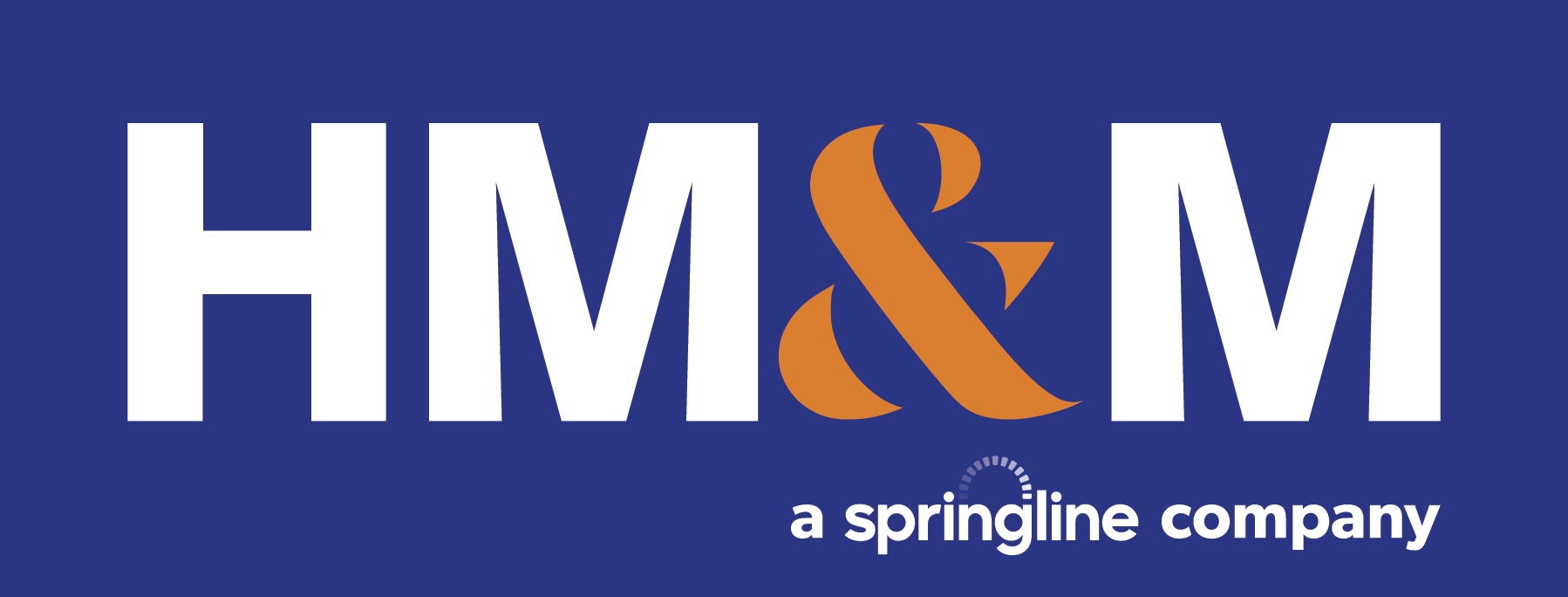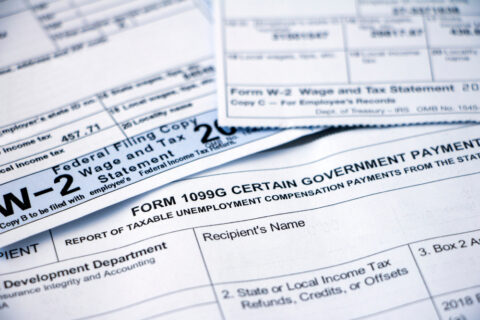Yesterday afternoon, the U.S. Treasury and the Internal Revenue Service (IRS) published a 169-page document setting forth a second round of proposed regulations regarding the new Qualified Opportunity Fund (“QOF”) investment vehicle. Generally, these new proposed regulations are taxpayer-friendly, instructive, and should promote investments in low-income communities. After a quick refresher on the QOF program, this paper gives an overview of some of the key provisions in the new proposed regulations.
Sections 1400Z-1 and 1400Z-2, enacted as part of the 2017 tax law colloquially referred to as the Tax Cuts and Jobs Act (“TCJA”), seek to encourage economic growth and investment in designated low-income communities (qualified opportunity zones (“QOZs”) by providing Federal income tax benefits to taxpayers who invest capital in a trade or businesses located within QOZs through a QOF.
Section 1400Z-2 provides three incentives to encourage investment in QOZs:
- It allows for the deferral of inclusion in gross income of capital gains to the extent that a taxpayer elects to invest a corresponding amount in a QOF within 180 days of recognizing the gain.
- With respect to the deferred gain, Section 1400Z-2 permanently excludes a portion of such deferred gain if the corresponding investment in the QOF is held for five years (a 10% exclusion) or seven years (an additional 5% exclusion).
- Last, and very important, the law allows for the taxpayer to exclude from gross income the post-acquisition gain on investments in the QOF held for at least 10 years.
Note that the deferred gain considered in the first two incentives discussed above is recognized at the earlier of the end of 2026 or when the interest in the QOF is disposed.
A first set of proposed regulations were released in October 2018. The first set of proposed regulations were helpful, but they raised hundreds of questions submitted by over 100 commenters to the IRS. It is worthwhile to note that many of the comments were in response to direct solicitations by the IRS. The regulation writers sought input in many areas, some of which they simply reserved for future guidance after receiving outside comments.
The first set of proposed regulations and a contemporaneous revenue ruling lent sufficient guidance for some investors who were confident in moving ahead with investments in QOFs and in engaging in a fairly straightforward real estate investment fact pattern found in that revenue ruling. However, this author is unaware of any significant investments that were made in QOZ operating businesses, even though billions of dollars have been waiting on the sidelines for such investments. Too many questions remained.
While these proposed regulations are still subject to change, it is likely that they will spur the beginning of massive amounts of investments in QOFs and, in turn, QOF investments in Qualified Opportunity Zone Property (“QOZP” – QOZ business property, QOZ stock, and QOZ partnership interests..)
“Substantially All” Defined
Peppered throughout the new statutory provisions in several contexts is the term “substantially all.” The term is not defined in the statute. The proposed regulations boil the term down to two percentages – 70% and 90%. For determining the use of tangible property in a QOZ, substantially all means at least 70 percent. For the holding period of property, tangible property must be qualified opportunity zone business property for at least 90 percent of the QOFs or QOZ business’s holding period. A partnership or corporation must be or own a QOZ Business (“QOZB”) for at least 90 percent of the QOF’s holding period.
QOZB Safe Harbors
A QOZB must derive at least 50 percent of its gross income from the active conduct of a trade or business within a QOZ. The proposed regulations set forth three safe harbors, of which the QOZB need only meet one of the three tests. The first safe harbor requires that at least 50 percent of the services performed (based on hours) by its employees and independent contractors (and employees of the independent contractors) are performed within a QOZ. The second safe harbor requires that at least 50 percent of the services performed by its employees and independent contractors (and employees of independent contractors) are performed in a QOZ based on the amounts paid for the services.
The third safe harbor (the “conjunctive test”) provides that a trade or business may satisfy the 50-percent gross income test if (1) the tangible property of the business that is in a QOZ and (2) the management or operational functions performed for the business in the QOZ are each necessary to generate 50 percent of the gross income of the trade or business. The explanation of the proposed regulations gives an example of a landscaper meeting the conjunctive test.
Finally, if the trade or business does not meet any of the safe harbor tests set forth above, it may be able to satisfy a “facts and circumstances” test.
Treatment of Leased Tangible Property
Determining the amount of tangible property in a QOZ is important in several contexts. The first round of proposed regulations did not address the treatment of leased tangible property and invited comments. The treatment in this second round of proposed regulations is generally quite taxpayer friendly.
The proposed regulations provide that for determining the asset values for purposes of the 90-percent holding-period test or the value of the tangible property for the substantially-all use test, the taxpayer may value the lease (and owned) property based on its applicable financial statement (“AFS”) for the reporting period. An AFS is usually an audited financial statement. Alternatively, the taxpayer may value the leased property under the alternative method, which is the present value of total lease payments at the beginning of the lease. This alternative value does not change over time.
Subject to certain anti-abuse rules, tangible property can be leased from a related party.
Used tangible property satisfies the original use requirement if the property has not been previously so used or placed in service in the QOZ.
Use of Intangible Property in QOZ
Section 1400Z-2(d)(3) requires that a substantial portion of the intangible property of a qualified business entity must be used in the active conduct of a trade or business in a QOZ. The proposed regulations provide that the term “substantial portion” means at least 40 percent. While a seemingly-low 40 percent portion might give some comfort, it may be cold comfort. For example, what if revenue from software (intangible property) sales to customers from outside of the QOZ is 100% of revenue. Is the intangible property inside or outside the QOZ? Further guidance is needed.
Trade or Business and Operating Real Estate
The regulations provide that the term “trade or business” means a trade or business within the meaning of Section 162, a meaning that has been debated for decades, has no statutory anchor, and is defined only broadly in common law.
Solely for the purposes of QOF purposes, the ownership and operation (including leasing) of real property is the active conduct of a trade or business. The regulations caution: “However, merely entering into a triple-net-lease with respect to real property owned by a taxpayer is not the active trade or business by such taxpayer.”
Working Capital Safe Harbor
The first set of proposed regulations provided for a 31-month period safe harbor for treating working capital as QOZP. Two changes are made in the new proposed regulations:
- The required written designation for planned use of working capital now includes the development of a trade or business in the QOZ as well as acquisition, construction, and/or substantial improvement of tangible property.
- Exceeding the 31-month period does not violate the safe harbor if the delay is attributable to waiting for government action the application for which is completed during the 31-month period.
Section 1231 Gains
The treatment of Section 1231 gains is not crystal clear to this writer. It appears that the recent set of regulations dictate that only the ultimate taxpayer (and not a pass-through entity) can make the election to defer capital gain by a contribution to a QOF. A pass-through entity generally does not pay Federal income tax with respect to net income or gain that it reports to its owners, so it would not seem to qualify as a taxpayer for these purposes.
Consider a new Q&A has been added to the IRS Opportunity Zone Frequently Asked Questions.
- Can I defer section 1231 capital gain net income for a taxable year under the Opportunity Zone rules?
- Yes. If a taxpayer’s section 1231 gains for any taxable year exceed the section 1231 losses for that year, the net gain is long-term capital gain. A taxpayer can elect to defer some or all of this capital gain under section 1400Z-2 by making an investment of a corresponding amount in a QOF during the 180-day period that begins on the last day of the taxpayer’s taxable year.
QOF Reinvestment Rules
The proposed regulations now provide that proceeds from the sale or disposition by a QOF of QOZ property are included in the 90% QOZ property test provided that the proceeds are reinvested in QOZ property during the 12-month period beginning on the date of such sale or disposition.
QOF “Churn” Taxation
The proceeds from the sale or disposition of QOZ property can be reinvested within 12 months of such sale or disposition without extending the 10-year holding period. However, the taxpayer realizing the gain will be required to include the gain in its gross income for the year of sale or disposition. The gain is not free from Federal income taxation.
10-Year Relief
A taxpayer that is the holder of a direct qualifying QOF partnership interest or qualifying QOF stock of a QOF S corporation may make an election to exclude from gross income some or all of the capital gain from the disposition of QOZ property reported on Schedule K-1, provided the disposition occurs after the taxpayer’s 10-year holding period. Also, QOF real estate investment trusts (“QOF REITs”) may designate special capital gain dividends (that are excluded from income under the QOF rules), not to exceed the QOF REIT’s long-term gains on sale of QOZ property. More guidance is needed to apply the rules.
Carried Interest Rules
Among other arrangements, carried interests are disqualified from treatment as a qualifying interest in a QOF.
Consolidated Tax Returns and Consolidated Groups
In its explanation of the new proposed regulations, the IRS says: “[i]n summary, section 1400Z-2 and the consolidated return system are based on incompatible rules.” The IRS dissects various problems and basically comes to the following conclusions:
- A QOF corporation can be the common parent of a consolidated group, but it cannot be a subsidiary member of a consolidated group.
- The proposed regulations treat QOF stock as not stock for the broad purpose of Section 1504 affiliation.
Inclusion Events
The new proposed regulations set forth a non-exclusive list of a number (at least 20) of events that cause inclusion of the part or all of the gain deferred by the QOF provisions. Of particular interest, a direct or indirect gift of an interest in a QOF triggers the gain. Depending on the circumstances, a transfer upon death may not be an inclusion event.
We’ve scratched the surface, but there is more. Please contact your HM&M tax adviser or Vance Maultsby for more information.
Contact UsLatest News
On June 9, the IRS released Announcement 2022-13, which modifies Notice 2022-3, by revising the optional standard mileage ...
At the tail end of 2021, the Internal Revenue Service (IRS) released new Schedules K-2 and K-3 effective ...
This information is current as of Sunday, November 21, 2021. On Friday, November 19, 2021, after the Congressional ...
HM&M Updates
Dallas, TX – Aug. 7, 2024 – HM&M, a Springline company (HM&M), a leading CPA firm with four ...
DALLAS, Dec. 11, 2024 – Springline Advisory, a trailblazing financial and business advisory firm, is proud to announce its partnership ...
Last month, Senior Manager, Pearl Balsara was invited to speak at the 2023 FPA DFW Annual Conference in ...










